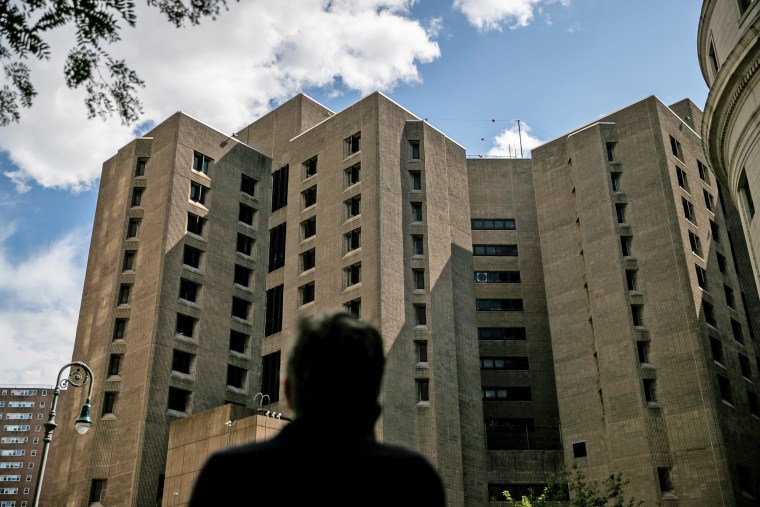WASHINGTON — The Federal Bureau of Prisons failed to prevent the deaths of 187 inmates who died by suicide over eight years, a Justice Department watchdog found.
A new report led by Justice Department Inspector General Michael Horowitz "found that a combination of recurring policy violations and operational failures contributed to inmate suicides." The report is based on a review of 344 inmates' deaths from the 2014 to 2021 fiscal years, 187 of which were suicides. Horowitz said "numerous operational and managerial deficiencies" created unsafe conditions that contributed to many of the deaths he reviewed. With the proper protocols and resources in place, inmate suicides are almost always preventable, experts say.
The report focused on deaths that were most likely preventable, rather than deaths with more complex questions of medical care.
The report found "numerous instances of potentially inappropriate" mental health assessments for inmates who later died by suicide and found that more than half of inmates who died by suicide were in "single-cell confinement" — more commonly described as solitary confinement — when they died by suicide.
The inspector general report noted that a former official of the Bureau of Prisons, or BOP, told investigators that putting inmates in single-cell confinement “facilitates inmate suicide” because of increased isolation and that inmates are “at greater risk for being able to effectuate suicide” without cellmates.
Under the conditions at the BOP, the report said, “inmates were able to advance their suicidal ideations and ultimately died by suicide.”
BOP staff members "did not sufficiently conduct required inmate rounds or counts in over a third of inmate suicides," and they sometimes "failed to communicate with each other and coordinate efforts across departments to provide necessary treatment or follow-up with inmates in distress," the report said.
The report follows the inspector general's reviews of what went wrong in the lead-up to Jeffrey Epstein’s death by suicide, as well as the death of Whitey Bulger.
The number of suicides within the BOP system was higher in the last four years of the inspector general's review than it was in the first half of the review period, even though the overall number of inmates within the BOP system dramatically shrank over those years, from 214,149 in 2014 to 144,448 in 2021.
Many BOP-run facilities failed to run "mock suicide drills" they are required to run three times a year (once for each shift), the report said, and 67 of the BOP's 194 facilities "were unable to provide evidence that they conducted a single mock suicide drill from 2018 through 2020."
In one inmate suicide case, officials claimed they had searched an inmate's cell three times — including the day before the suicide — and found no contraband, and yet over 1,000 pills were found in the cell after the inmate’s death by overdose, according to the inspector general.
Chronic staffing challenges at the BOP contributed to the issues, the report also found.

